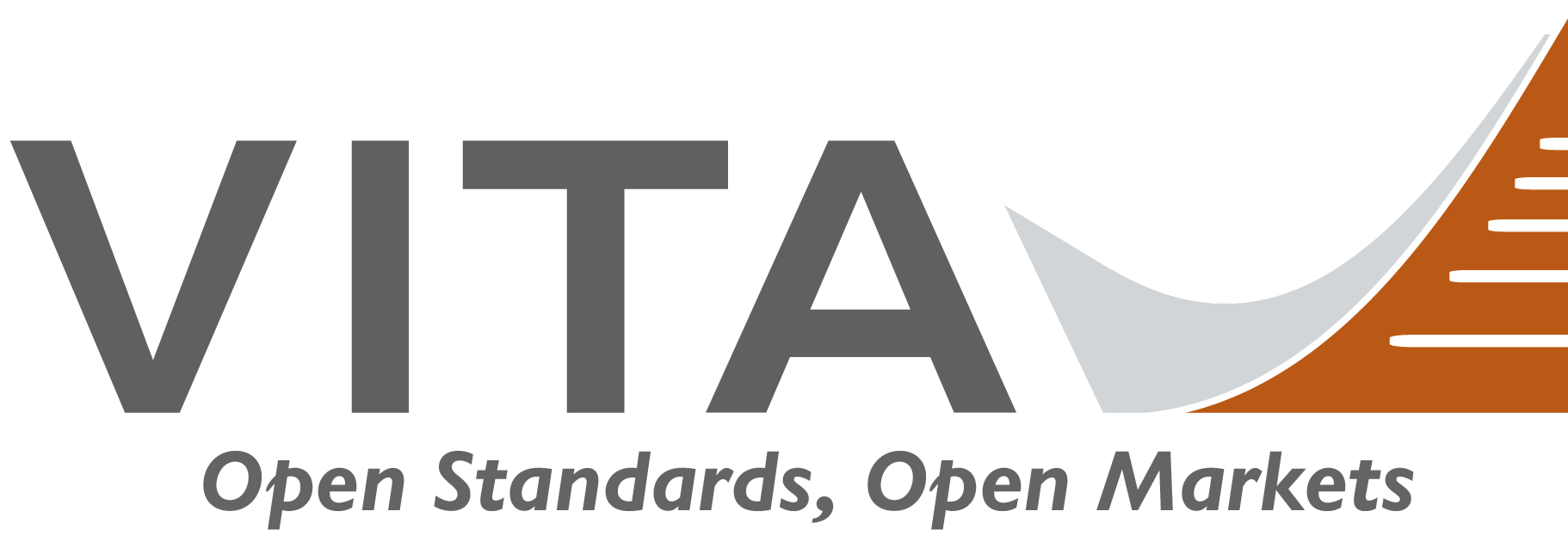Alexios Papadopoulos, System Architect, HENSOLDT Sensors GmbH
After secondary school, Alexios trained as a radio and television technician. After gaining his technical college entrance qualification, he studied electrical engineering at Ulm University of Applied Sciences. Initially, Alexios worked as a developer of processor cards and programmed some of the firmware and bring-up software himself. Gradually he was given system tasks, leaving him responsible for embedded computer systems as a system architect today.
gaining his technical college entrance qualification, he studied electrical engineering at Ulm University of Applied Sciences. Initially, Alexios worked as a developer of processor cards and programmed some of the firmware and bring-up software himself. Gradually he was given system tasks, leaving him responsible for embedded computer systems as a system architect today.
WORKING WITH VITA
1. How does VITA 46 provide users with a competitive edge in defense solutions?
Equipment for the defense market includes high-performance embedded computers that operate in harsh environments. The ANSI/VITA 46 helps users develop standardized solutions for the military market that are essential for a competitive advantage, while proprietary solutions are time-consuming and error prone. By applying the electrical specifications, including alignment, keying and high-speed connector features, as well as the guidelines for power rails and utility signals defined in VITA 46, development becomes more competitive and meets customers' requirements for compliant systems.
2. To those new to the VITA standards, could you explain the difference between VITA 46 (VPX) and VITA 65 (OpenVPX)?
The VPX standard VITA 46 and its dot standards, which define interconnections in a system, are the basis for any development in compliant systems. A certain degree of flexibility, e.g. with regard to the communication protocols used, is deliberately permitted. This is precisely where VITA 65 comes in by defining versatile architectural solutions from a system perspective. All definitions of the VITA 46 family standards are taken into account to define a variety of standard profiles, including slot profiles, module profiles and backplane profiles. Interoperability is ensured by applying the permissible combinations defined in VITA 65.
WHY ENGINEERING?
1. Did you always want to be an engineer? If so, why? If not, how’d you wind up here?
Well, as a child I took apart everything I got as a toy to see how it was built and then put it back together again. Only when I had successfully put it together did I play with it. Basically, it was this curiosity that motivated me to study electrical engineering after my training as a radio and television technician.
2. What has surprised you the most about the work you do with embedded computing? (or engineering in general)
Even years after development has been completed, delivered systems can still fail due to errors despite an intensive and extensive testing phase. The isolation and elimination of such errors is usually very complex and can only be done in interdisciplinary teams with the most intensive collaboration and with the greatest effort.
3. What is one of the biggest issues currently facing engineers?
I think that the ever-increasing demands on data rates to be processed, as well as the ever-increasing power consumption in conjunction with miniaturization will continually present engineers with new challenges.
4. What advice would you give to someone looking into this field of engineering?
Be curious and ask about things you don't understand until you do.
Off the cuff: Is there a new piece of tech coming out that you’re waiting to get your hands on?
Flux capacitor in operation from the science fiction movie ‘Back to the Future’.
